Lifting and peeling paint is too often the end product of a homeowner’s efforts to dress up their garage with floor paint. The problem is worse than having no finish at all.
Dirty, dusty, and stained concrete is usually accepted as the standard for home garages, but the eyesore of blisters, pealing, and chipping of a garage floor gone wrong is testimonial to the homeowner’s failure. Fortunately, new technology in flooring, when combined with systems for preparing concrete properly, can now avoid disasters that leave garages looking worse than before the treatment.
Epoxy flooring is weather-resistant, and unharmed by rain, snow, oil, and flooding. This resistance is due to the fact that epoxy coatings, unlike paints, come in two parts. When mixed, a catalyzing process changes these two parts from a liquid to a permanent solid. In contrast, paints are carried in water or solvent bases that evaporate to leave the finish. If you reintroduce one of those carriers to the surface, the paint often is able to re-dissolve back into a liquid state.
Even though painted garage finishes are formulated to resist re-dissolving into their carriers, under stress they can be susceptible to blistering, pealing, and chipping. But water and most solvents have no effect on sealed epoxy surfaces. Epoxy flooring goes on at the job site and requires no seams, creating a continuous membrane that seals what is above from what is below. These epoxy surfaces have been used in food processing plants for over 50 years now. Mold mildew and other contaminants cannot penetrate the epoxy membrane, and wash off easily.
Modern architects often use the flexibility of epoxy flooring to allow spaces to flow together creating expanses of unbroken line. Now the living room and deck patio can appear as a single integrated living space. Exterior gardens and interior upholstery tie together with access walkways provided by colored epoxy flooring. As a result, snow, rain, leaves, and other outdoor changes provide unique variety to the outdoor spaces that can also be enjoyed from the indoor space.
Preparation is everything when applying finishes. You can only expect a surface to stay in place if its substrate is permanent. Obviously, if the substrate crumbles or moves, your surface will move with it. Today, after 40 years of application experience, flooring experts have developed application preparation procedures that help minimize the risk of substrates moving. New floors are especially vulnerable and require extensive preparation.
New concrete is dusty for the first few years while the latents of concrete on the surface are kicked, walked, or driven off. Those latents must be removed before quality epoxy topcoats are applied or the topcoats will move with the latents as they break free from the substrate.
One should not rely on retail store clerks to help with a floor that will be used for 10 to 20 years. Factory-direct kits of materials including step-by-step instructions and a 24/7 help line are now available online. With these resources, anyone can put a quality floor down in their garage that will last for decades. Like a car finish, you may get some scratches and marks, but also like a car finish, a little touching up can keep those finishes looking great for decades.

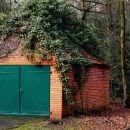
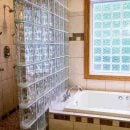
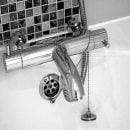

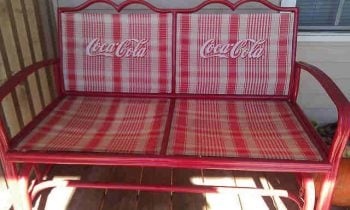 Outdoor Glider Furniture
Outdoor Glider Furniture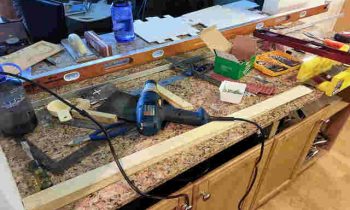 Home Remodeling Tools
Home Remodeling Tools How to Plan and Estimate
How to Plan and Estimate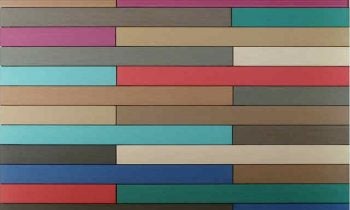 Laminate Flooring for Remodeling
Laminate Flooring for Remodeling Reduce Home Remodeling Stress
Reduce Home Remodeling Stress